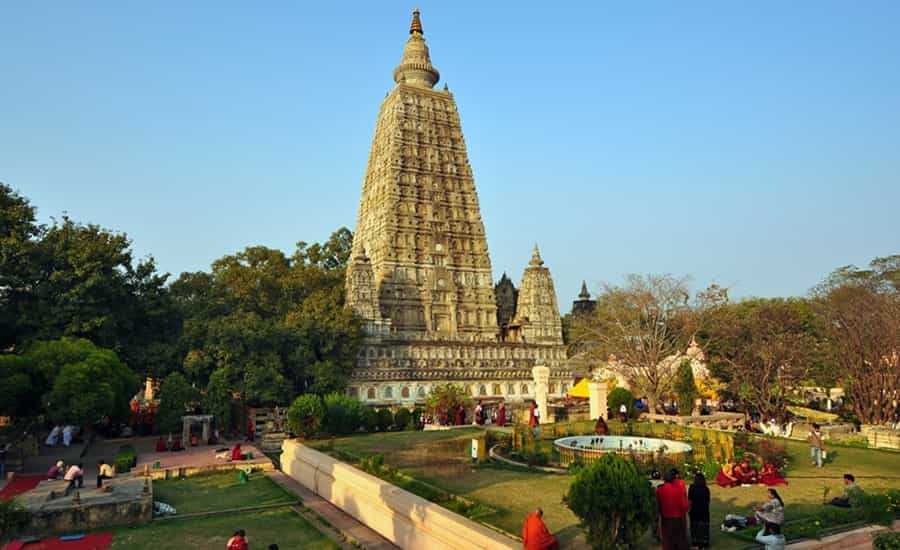premiumtix.net – The Mahabodhi Temple, located in Bodh Gaya, Bihar, India, is a remarkable testament to the rich spiritual and architectural heritage of Buddhism. Recognized as a UNESCO World Heritage Site, the temple marks the site where Siddhartha Gautama, later known as Buddha, attained enlightenment under the Bodhi Tree. This article explores the history, architecture, and cultural significance of the Mahabodhi Temple.
Historical Background
The Mahabodhi Temple complex is one of the four holy sites related to the life of Buddha, as mentioned in Buddhist texts. Its origins date back to the 3rd century BCE when Emperor Ashoka, a devoted Buddhist, constructed the first temple. Over the centuries, the temple has undergone several restorations, especially during the Gupta period (4th-6th century CE), which contributed significantly to its current form.
Architectural Marvel
The Mahabodhi Temple is an architectural marvel, characterized by its grand Shikhara tower that rises about 55 meters high. The temple reflects a blend of traditional Indian architectural styles and Buddhist designs. The central tower is surrounded by four smaller towers, resembling the ancient Indian architectural style. Intricate carvings and sculptures depicting scenes from Buddha’s life adorn the temple, adding to its aesthetic and spiritual allure.
The Sacred Bodhi Tree
Adjacent to the temple is the sacred Bodhi Tree, a direct descendant of the original tree under which Buddha meditated and attained enlightenment. Pilgrims from around the world visit the temple to meditate and seek spiritual solace under this hallowed tree. The Vajrasana, or Diamond Throne, located beneath the Bodhi Tree, marks the spot where Buddha sat during his meditation.
Cultural Significance
The Mahabodhi Temple is not only a spiritual hub but also a symbol of peace and enlightenment. It attracts thousands of pilgrims and tourists annually, offering a serene environment for meditation and reflection. The temple complex also hosts various festivals and events, such as Buddha Purnima, which commemorates Buddha’s birth, enlightenment, and death.
Conclusion
The Mahabodhi Temple stands as a beacon of enlightenment and a testament to the enduring legacy of Buddhism. Its historical and spiritual significance, combined with its architectural beauty, makes it a must-visit destination for those seeking to understand the profound teachings of Buddha. As a living heritage site, the Mahabodhi Temple continues to inspire and guide countless individuals on their spiritual journey.
